Bollywood and the censorship debate: Creative freedom vs. moral policing
As Bollywood has evolved into a dynamic and increasingly global force, the limits of expression continue to be tested. The question remains: Can Bollywood thrive under such scrutiny, or does censorship stifle the very essence of artistic creativity?
Published: Thursday,Sep 12, 2024 12:25 PM GMT-06:00

The relationship between Bollywood and the Central Board of Film Certification (CBFC) has long been fraught with tension, with filmmakers frequently finding themselves at odds with the censors. At its core, this ongoing struggle revolves around a battle between creative freedom and the moral policing imposed by regulatory bodies. As Bollywood has evolved into a dynamic and increasingly global force, the limits of expression continue to be tested. The question remains: Can Bollywood thrive under such scrutiny, or does censorship stifle the very essence of artistic creativity?
Censorship’s Impact on Storytelling
Censorship in Bollywood is a double-edged sword. On one hand, the CBFC exists to ensure that films are appropriate for the Indian audience, a country deeply rooted in diverse traditions, religious sensitivities, and moral codes. On the other hand, these very restrictions often stand in direct opposition to the freedom filmmakers require to tell impactful, thought-provoking stories.
Films like Udta Punjab (2016), which focused on the drug menace in the state of Punjab, are prime examples of this struggle. Despite being a hard-hitting film with a powerful message, Udta Punjab faced numerous obstacles from the CBFC, which initially demanded 89 cuts, including the removal of references to Punjab and the depiction of substance abuse. The filmmakers were forced to fight for their creative vision in court, ultimately winning a major victory, but the battle itself highlighted the barriers faced by filmmakers willing to tackle controversial issues.
Similarly, Padmaavat (2018), directed by Sanjay Leela Bhansali, became a symbol of the fine line Bollywood must walk between historical representation and censorship. Despite following CBFC guidelines and receiving certification, the film was embroiled in protests and violence from religious groups who claimed the film distorted historical facts. Even after the CBFC approved it with modifications, such as changing the title from Padmavati to Padmaavat and deleting certain scenes, the film became a battleground for artistic freedom versus political and cultural sensitivities.
Balancing Societal Norms with Artistic Expression
India’s diverse socio-cultural fabric makes censorship a complicated issue. The CBFC’s stated goal is to ensure that films are in line with the moral and cultural values of Indian society, but these values are ever-evolving and subjective. For many filmmakers, the question is not just about compliance with these norms but how to engage with and challenge them.
Take Lipstick Under My Burkha (2017), a film that explored the lives and sexual agency of women in conservative settings. The CBFC initially denied it certification, claiming it was too “lady-oriented” and that its portrayal of women was “too explicit for the Indian audience.” However, the film’s refusal to conform to traditional gender roles was precisely its point. The eventual release of Lipstick Under My Burkha after much public outcry and legal battles demonstrated a growing demand for stories that reflect the changing reality of Indian women.
A similar clash occurred with Angry Indian Goddesses (2015), India’s first female buddy film, which was subject to multiple cuts, including scenes showing women smoking, engaging in intimate conversations, and even small instances of nudity. Here, the censorship was less about the content being inappropriate and more about discomfort with narratives that break away from traditional gender expectations. By cutting these scenes, the CBFC not only altered the film’s tone but also diluted its intended commentary on female empowerment.
Recent Regulatory Changes and the Impact on OTT Platforms
As the world of entertainment shifts toward digital platforms, new challenges arise. OTT platforms like Netflix and Amazon Prime Video have provided filmmakers with an outlet to bypass the traditional censorship system. Films and web series on these platforms are not subject to the same rigorous scrutiny as theatrical releases, which has resulted in more bold and experimental content, from Sacred Games to Mirzapur.
However, even this freedom is now under threat. Recent regulatory changes have extended government oversight to digital platforms, with proposals for stricter content guidelines. This development indicates that the same censorship battles that once plagued Bollywood films are now encroaching on streaming services, potentially curbing their creative liberty.
The film Oh My God 2 is a recent example of how censorship has infiltrated even non-theatrical releases. Starring Akshay Kumar, the film was stuck in limbo with the CBFC, as the board suggested 20 cuts and an "A" certificate due to its religious themes and this time the subject of sex education.
The recent example of Maharaj, directed by Siddharth P Malhotra and produced by Yash Raj Films, further underscores the difficulties filmmakers face when tackling sensitive historical subjects. Based on the 1862 Maharaj libel case, the film tells the story of a social reformer who exposed the alleged exploitation of women by a religious leader. Given its religious undertones, the film is likely to spark debate and perhaps even incite backlash from religious groups, despite its historical grounding.
The Maharaj libel case itself was a landmark in press freedom, as it resulted in the dismissal of a libel suit against journalist Karsandas Mulji for exposing the misconduct of a spiritual leader. Yet, even 160 years later, films like Maharaj face the same threats of censorship and societal pushback. This case serves as a reminder that Bollywood continues to grapple with the challenge of balancing creative freedom and cultural sensitivities.
The Kangana Ranaut-Led Emergency: Politics and Censorship
Another recent example of the CBFC’s involvement is the ongoing controversy surrounding Kangana Ranaut’s Emergency. This political drama about the Emergency period in India (1975-77) has seen significant censor board intervention, with scenes depicting violence against children, women being beheaded, and politically charged content receiving heavy scrutiny. While the film has eventually received clearance, the censorship reflects the precarious balance between truth-telling in political cinema and the CBFC’s role in shaping public narratives.
Can Bollywood Thrive under Censorship?
Ultimately, censorship in Bollywood continues to be a thorn in the side of creative expression. While the CBFC plays a necessary role in ensuring that content is sensitive to diverse Indian audiences, its interference often crosses into moral policing, stifling artistic voices and limiting the ability of filmmakers to engage with challenging, controversial topics. Films like Udta Punjab, Padmaavat, Maharaj, and Emergency exemplify the price Bollywood pays for creative freedom.
As Bollywood filmmakers continue to push the boundaries of storytelling, the industry must grapple with the difficult task of negotiating censorship while staying true to its artistic vision. It remains to be seen whether Bollywood can fully thrive in this environment, but one thing is clear: the battle between creative freedom and moral policing is far from over.
Join Our WhatsApp Channel
Stay updated with the latest news, gossip, and hot discussions. Be a part of our WhatsApp family now!
Join NowYour reaction
 Nice
Nice Great
Great Loved
Loved LOL
LOL OMG
OMG Cry
Cry Fail
Fail










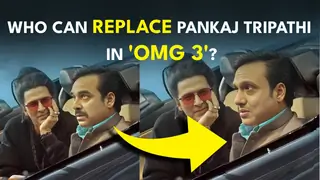

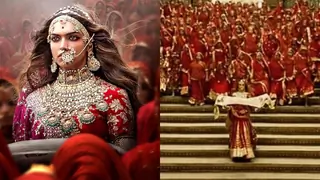


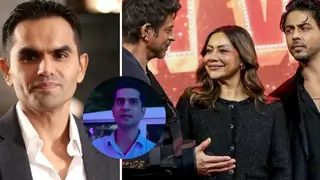
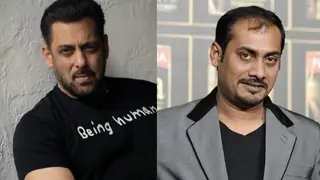
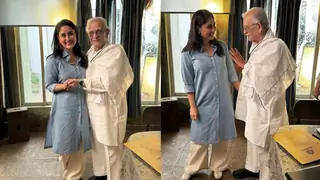




Post a comment